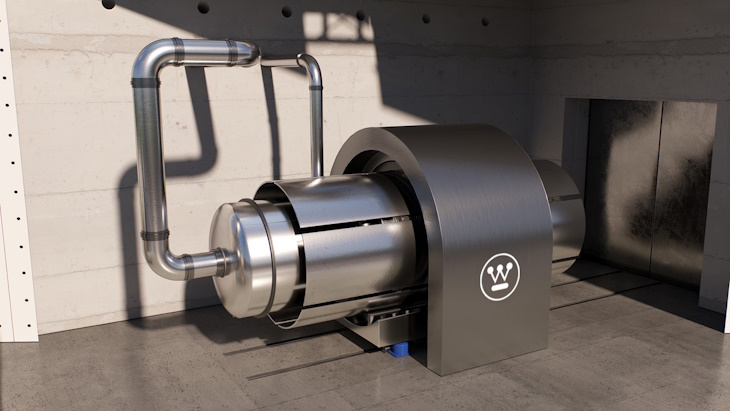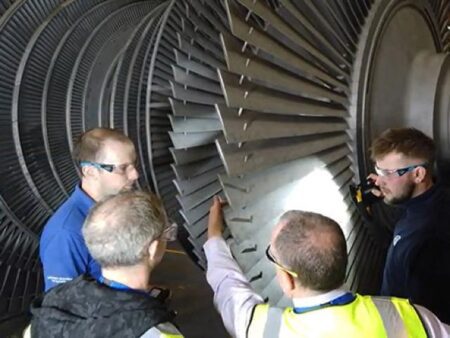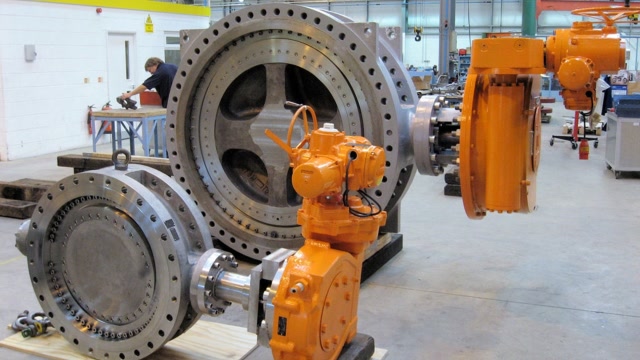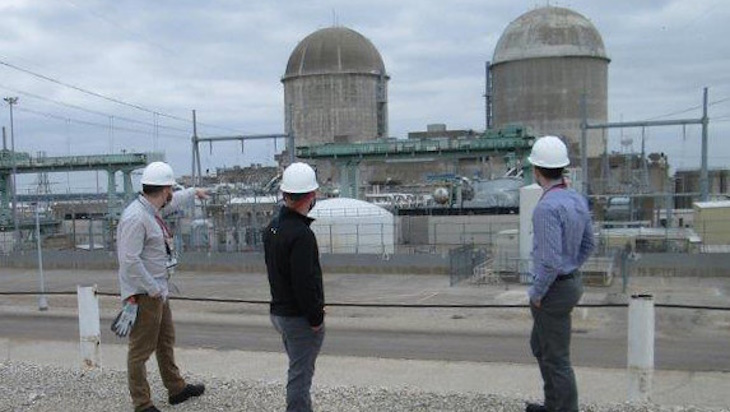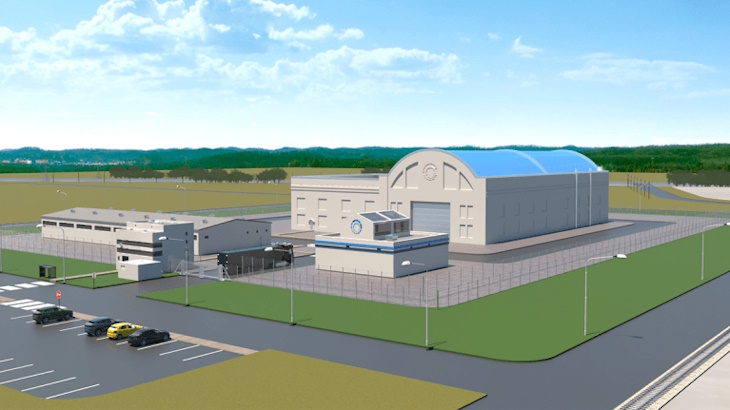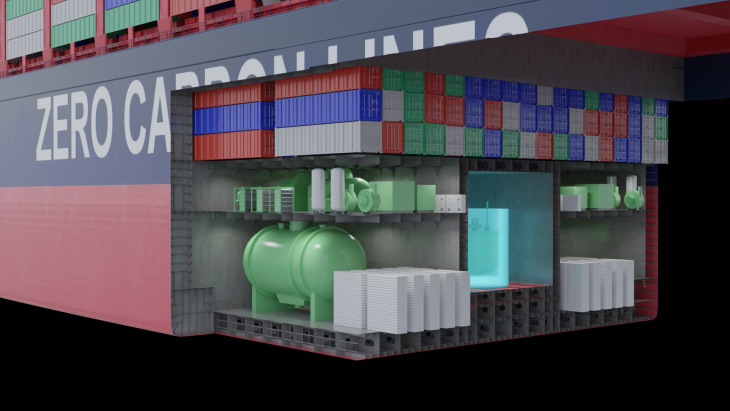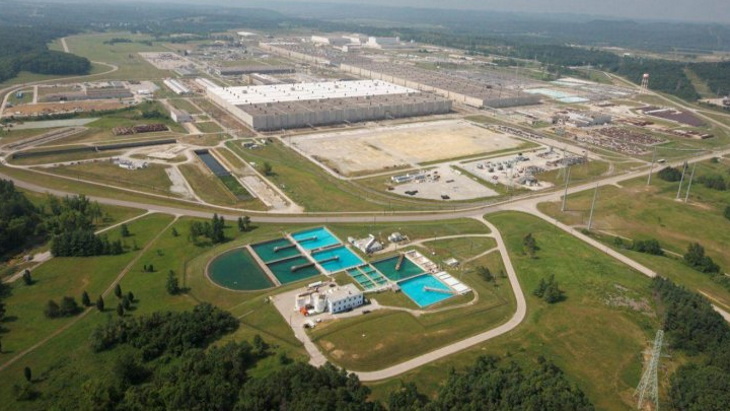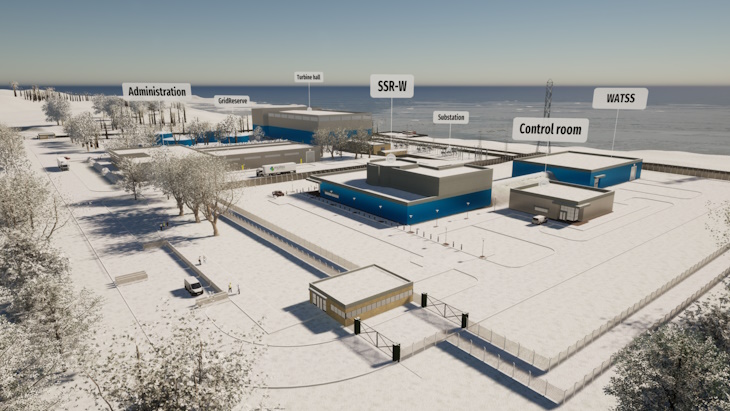
The process was invented by Ian Scott, Moltex's co-founder and chief scientist. It involves the conversion of used nuclear fuel into products and by-products: transuranics, along with some uranium and fission products, are extracted into a salt which forms the fuel for the SSR-W reactor and some other reactors; uranium - a major by-product - which is considered as intermediate to low level radioactive waste, but can also have other uses; and fission products, a byproduct which can be disposed directly or used as a heat source for remote applications.
Unlike conventional reprocessing routes, the WATSS process is unable to produce pure plutonium which could be misused for "nefarious purposes", the company said. As well as removing this proliferation risk, this also makes it simpler and less expensive than conventional reprocessing, it added.
Moltex CEO Rory O'Sullivan said the patent is testament to Moltex's commitment to innovation and to finding improvements in existing nuclear energy processes. “Waste is one of the most important considerations in the nuclear industry, and Moltex’s process offers an elegant and cost-effective solution to safely reducing waste stockpiles,” he added.
Moltex is aiming to deploy first-of-a-kind SSR-W, WATSS and GridReserve units at NB Power's Point Lepreau site in New Brunswick, where an existing Candu reactor is expected to retire around 2040.

